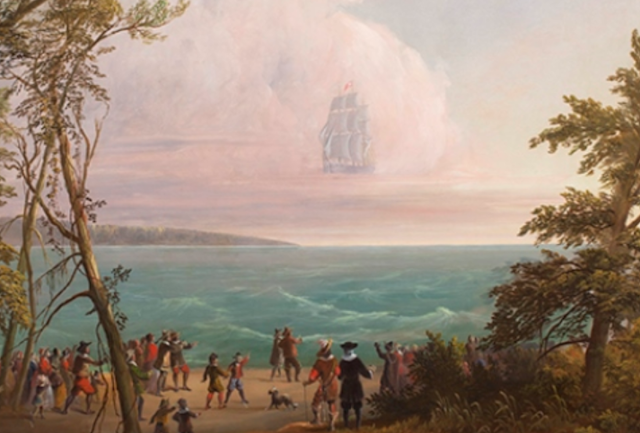The Lofty Roof of an Unhewn Cathedral

Elm Arcade, Temple Street, New Haven, Connecticut And who, that ever, on a Sabbath morn, Sent through this leafy roof a prayer to Heaven. And when the sweet bells burst upon the air, Saw the leaves quiver, and the flecks of light Leap like caressing angels to the feet Of the church-going multitude, but felt That here, God's day was holier--that the trees, Pierced by these shining spires, and echoing ever "To prayer!" "To prayer!" were but the lofty roof Of an unhewn cathedral, in whose choirs Breezes and storm-winds, and the many birds Join'd in the varied anthem; and that so, Resting their breasts upon these bending limbs, Closer, and readier to our need they lay-- The spirits who keep watch 'twixt us and Heaven. --Nathaniel Parker Willis, excerpts from "Elms of New Haven" (1841)







